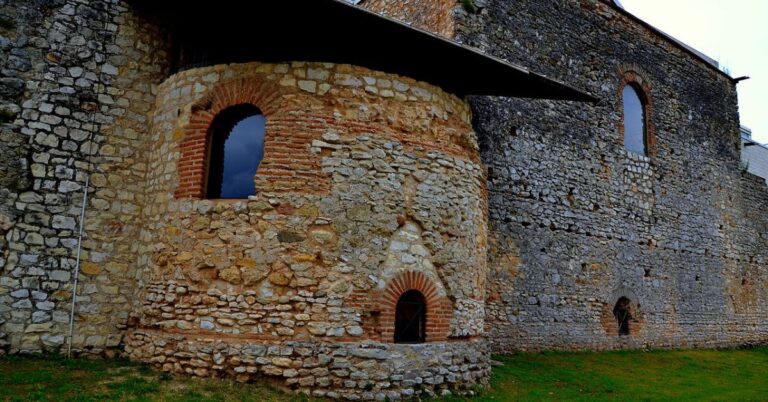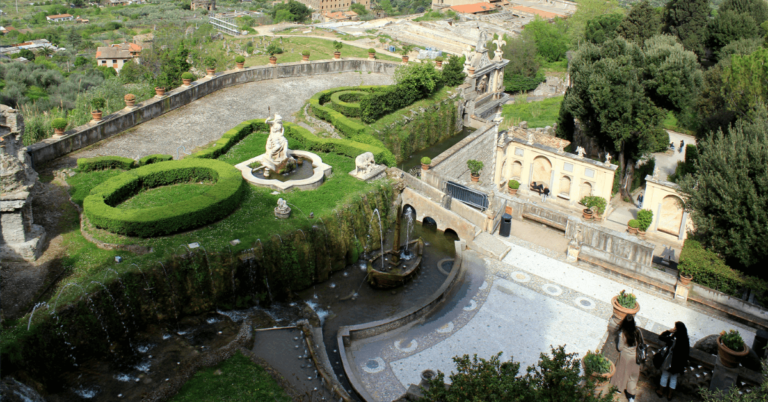The Nile’s Best-Kept Secret: A Temple That Time Almost Forgot
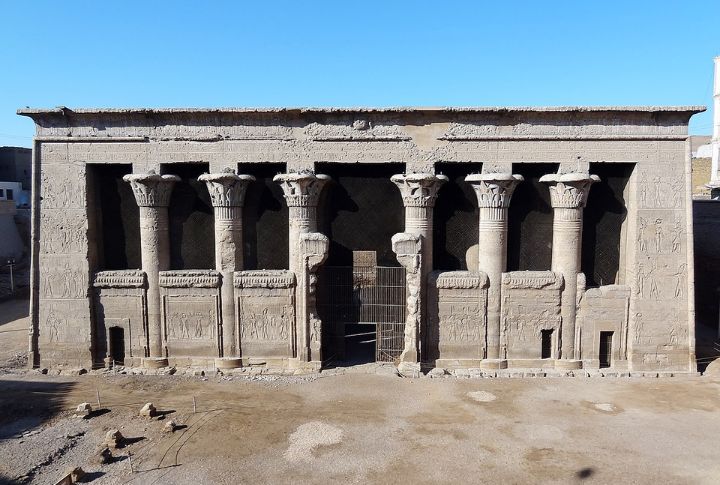
Ancient Egypt’s stories aren’t just in textbooks. They’re carved into walls, waiting for someone to read them. While some temples draw thousands daily, others sit in the background, just as fascinating but without the fuss. The Temple of Esna is a perfect example. Let’s explore why.
Temple Of Esna
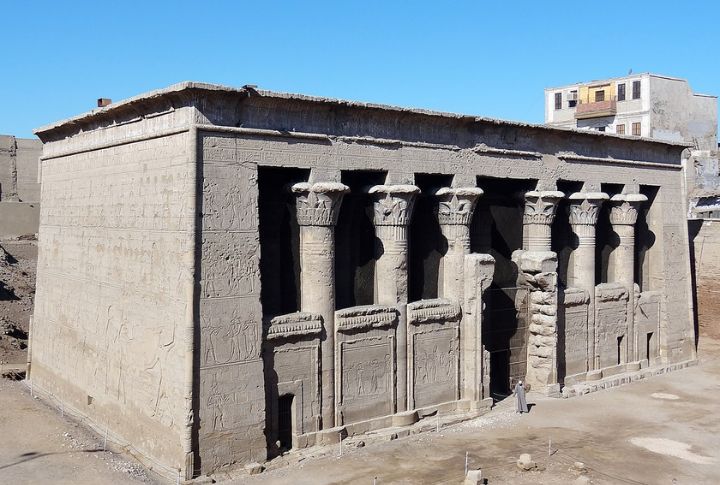
The Temple of Esna has been overshadowed by Egypt’s more famous landmarks. Located on the west bank of the Nile, this temple was dedicated to the ram-headed god Khnum, who shaped humanity from clay. What makes Esna unique is its remarkably well-preserved inscriptions, with 24 columns of hieroglyphic text.
Where To Find This Secret Temple
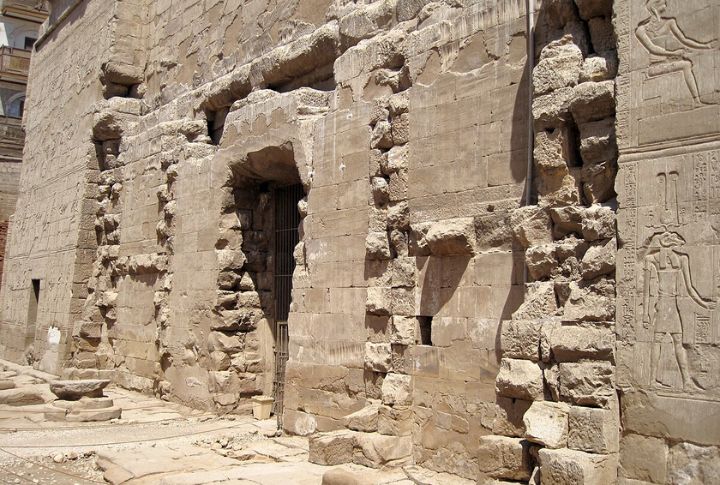
A stone structure sits quietly on the west bank of the Nile, unnoticed by most travelers. Unlike Luxor or Karnak, the Temple of Esna doesn’t have crowds fighting for the best photo. But that doesn’t make it any less remarkable.
The History Behind Its Ancient Walls
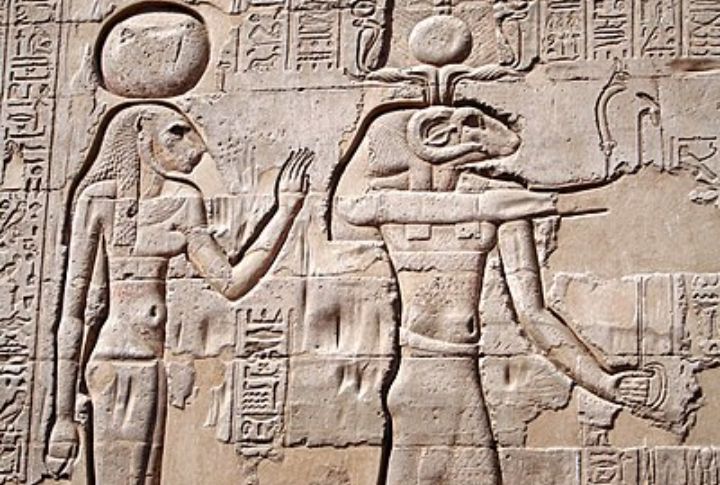
Centuries ago, this temple stood as a place of worship and daily life. Time has softened its edges, but the meaning behind its walls remains. Pharaohs once walked these corridors, and priests performed rituals that shaped Egyptian beliefs.
Who Built This Temple And Why
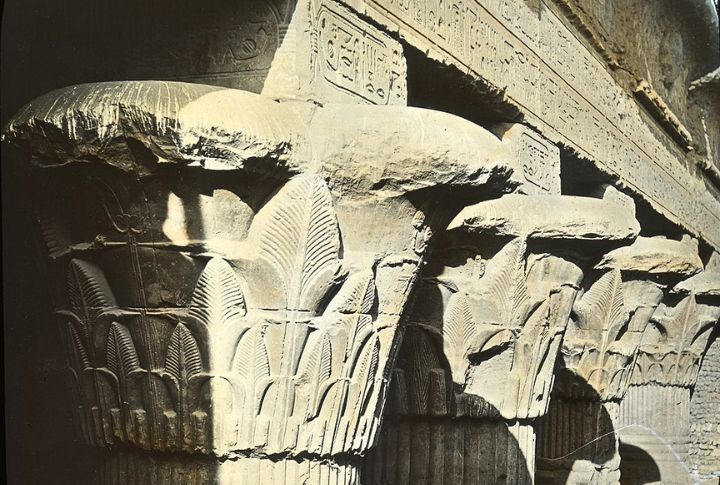
Every temple has a purpose. This one, commissioned by a ruler seeking favor with the gods, was built to impress mortals and deities. Carved stone by stone, it became a place of devotion and political messaging. The hands that built it are long gone, but their craftsmanship remains.
The Walls That Tell Egypt’s Story
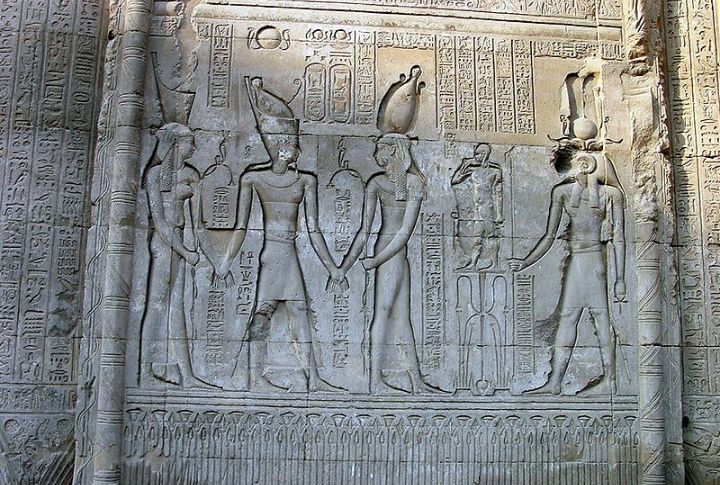
Every inch of its walls is covered with hieroglyphs depicting grand processions, military victories, and religious ceremonies that once shaped Egyptian society. Some carvings show pharaohs making offerings to deities like Khnum, while others depict detailed lists of temple rituals and laws.
Zodiac Signs At Esna Temple
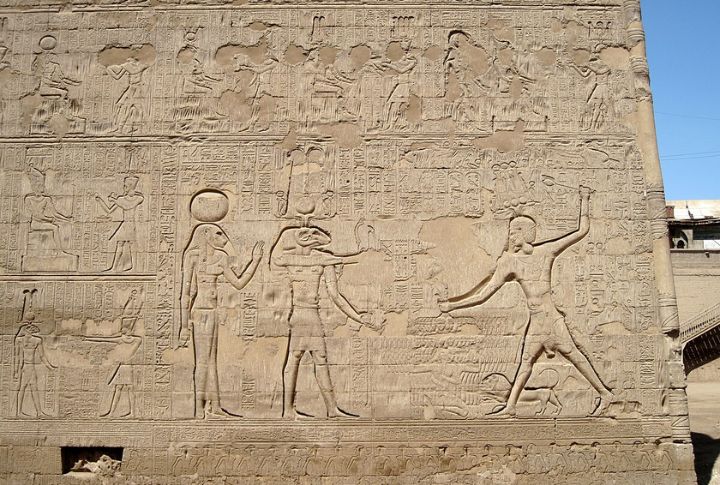
The Temple of Esna is filled with symbols that reveal the beliefs and values of ancient Egypt. One of the most fascinating discoveries at Esna is the depiction of zodiac signs, a rare feature in Egyptian temples, showing how Greek and Egyptian traditions blended.
How Time Has Shaped The Temple
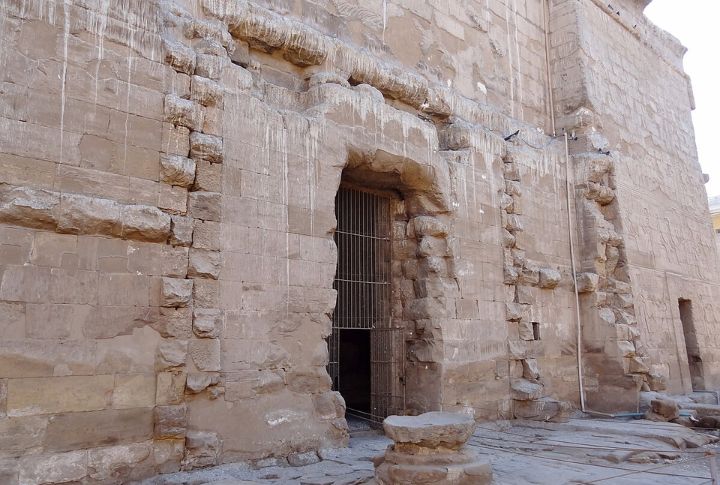
Nothing stays the same forever. Wind, water, and time have left their mark on this temple to soften once-sharp carvings and leave cracks in stone. Some parts have been lost, but others remain intact to the strength of ancient engineering. Even in its weathered state, it refuses to be forgotten.
Restoration Efforts To Preserve Its Beauty
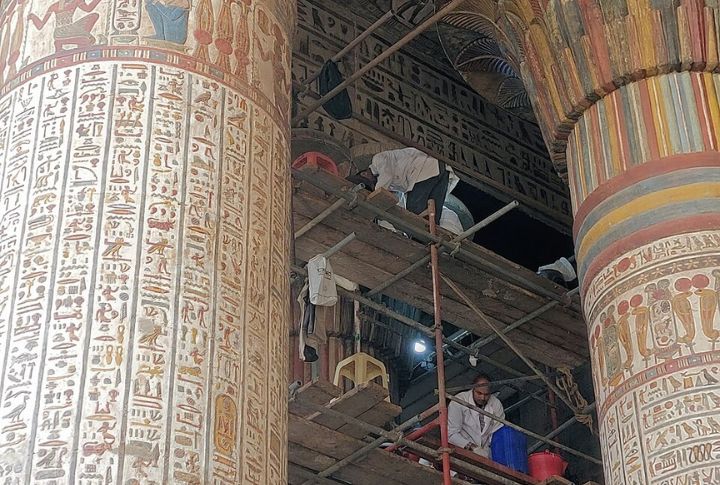
Keeping history alive takes work. Archaeologists and historians have spent years preserving what remains and using modern techniques to prevent further decay. Cleaning soot from carvings and documenting every detail ensures that future generations can still walk through these halls and see Egypt’s past up close.
Why Tourists Often Overlook This Spot
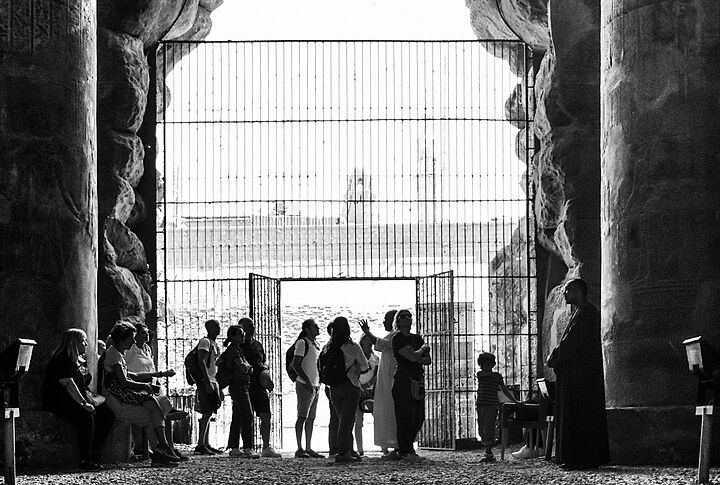
Big names get all the attention. Travelers flock to well-known sites, rarely venturing beyond the guidebook favorites. This temple stays quiet while others are packed. But that’s its charm: no lines, no rush, just the chance to explore history peacefully.
How To Visit Without The Crowds
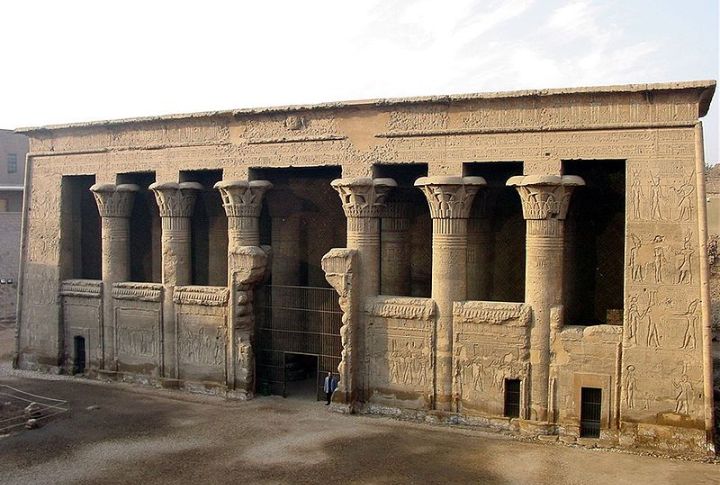
Timing is everything. Early mornings or late afternoons are best when the sun casts long shadows and the air is cooler. Weekdays are quieter than weekends. Skipping peak tourist months means you might have a place for yourself. It’s one of the few spots where solitude is still possible.
Best Time Of Year To Go
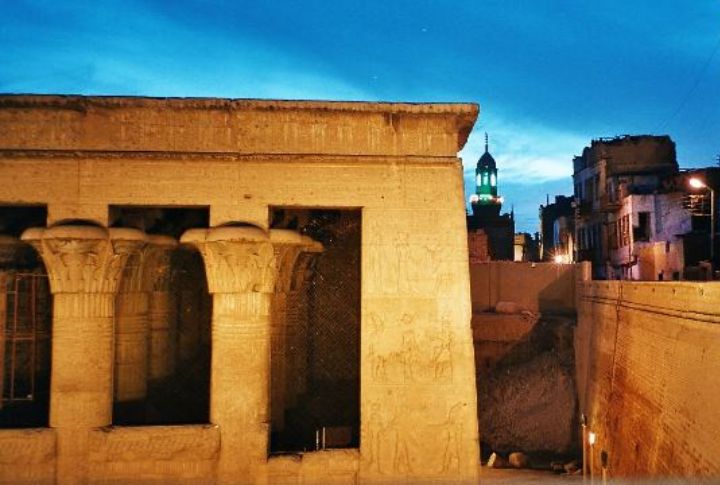
Egypt isn’t always scorching hot. Cooler months (October to April) make for a more comfortable visit. The sky stays clear, and the desert heat won’t drain your energy. While summer brings fewer tourists, it also brings intense heat to turn a simple walk through stone corridors into a challenge.
Tips For Exploring The Temple Grounds

Comfortable shoes matter. This isn’t a place for flimsy sandals that trip on uneven ground. Bringing water is bright, and so is taking your time. Rushing through means missing details that have lasted for thousands of years. A stroll lets the carvings and atmosphere sink in properly.
Other Attractions Nearby To Visit

No trip happens in isolation. Other sites nearby make for a perfect addition to the visit. Just an hour’s drive away, Luxor is home to the famous Karnak Temple and Luxor Temple, both showcasing grand architecture and towering statues. To the south, the Temple of Edfu stands as one of Egypt’s best-preserved temples.
What To Bring For Your Adventure

Sunlight hits differently here. A hat, sunglasses, and sunscreen help keep the desert glare from ruining the experience. A camera captures details missed at first glance. Also, carry a small notebook if you enjoy jotting down historical details or sketching hieroglyphs.
Why This Temple Deserves More Recognition
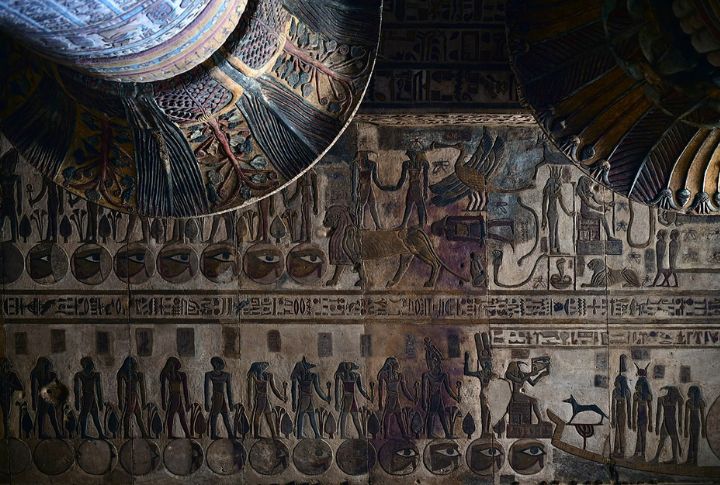
What makes it remarkable is its vividly colored carvings, recently revealed through meticulous restoration. Unlike other temples, Esna features detailed astronomical inscriptions that blend Egyptian and Greek influences from the Ptolemaic period.

